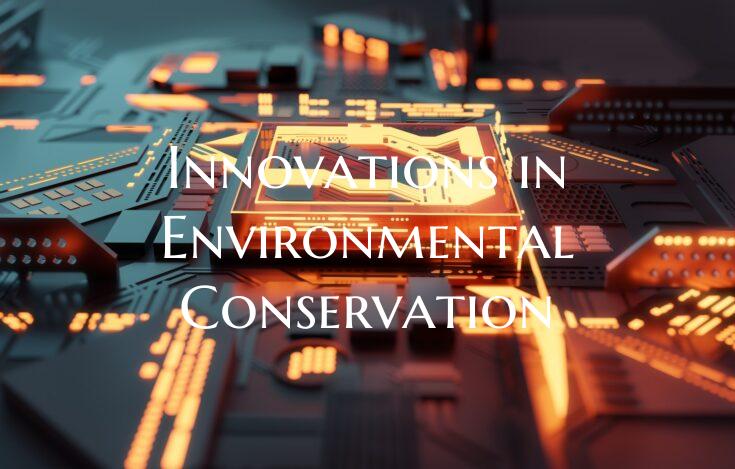Innovations in Environmental Conservation
As we face pressing environmental challenges, innovative solutions are crucial for effective conservation efforts. The intersection of technology, science, and creativity has led to groundbreaking innovations that are shaping the future of environmental conservation. Here are some key advancements that are making a positive impact:
1. Smart Agriculture: Precision agriculture techniques, such as the use of sensors, drones, and data analytics, allow farmers to optimize their operations, reduce resource usage, and minimize environmental impacts. These technologies help in conserving water, reducing pesticide use, and increasing crop yields sustainably.
2. Renewable Energy Technologies: The shift towards renewable energy sources, such as solar, wind, and hydroelectric power, is crucial for reducing greenhouse gas emissions and combating climate change. Innovations in energy storage, grid integration, and efficiency improvements are driving the widespread adoption of clean energy solutions.
3. Conservation Drones: Drones equipped with cameras, sensors, and geographic information systems (GIS) are revolutionizing wildlife monitoring, habitat mapping, and anti-poaching efforts. These unmanned aerial vehicles provide real-time data for conservationists to track and protect endangered species more effectively.
4. Biodegradable Materials: The development of biodegradable plastics, packaging, and materials offers a sustainable alternative to conventional plastic products that contribute to pollution and waste. By creating products that break down naturally, innovators are helping to reduce environmental harm and promote a circular economy.
5. Citizen Science Platforms: Citizen science initiatives engage the public in collecting data, monitoring ecosystems, and contributing to research projects. Online platforms and mobile apps enable individuals to participate in conservation efforts, leading to a broader understanding of environmental issues and collective action for positive change.
6. Ocean Cleanup Technologies: Innovative solutions for ocean cleanup, such as autonomous marine robots, floating barriers, and waste collection vessels, are addressing the problem of plastic pollution in the world's oceans. These technologies help remove plastic debris, protect marine life, and preserve fragile marine ecosystems.
7. Urban Green Spaces: Integrating green infrastructure, such as green roofs, vertical gardens, and urban parks, into cities enhances biodiversity, improves air quality, and provides essential ecosystem services. These green spaces contribute to urban resilience, sustainability, and community well-being while promoting environmental conservation in urban areas.
In conclusion, the ongoing advancements in environmental conservation technologies are driving positive change and sustainability across various sectors. By harnessing innovation, collaboration, and a commitment to protecting our planet, we can create a more sustainable future for generations to come.

